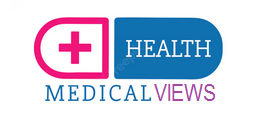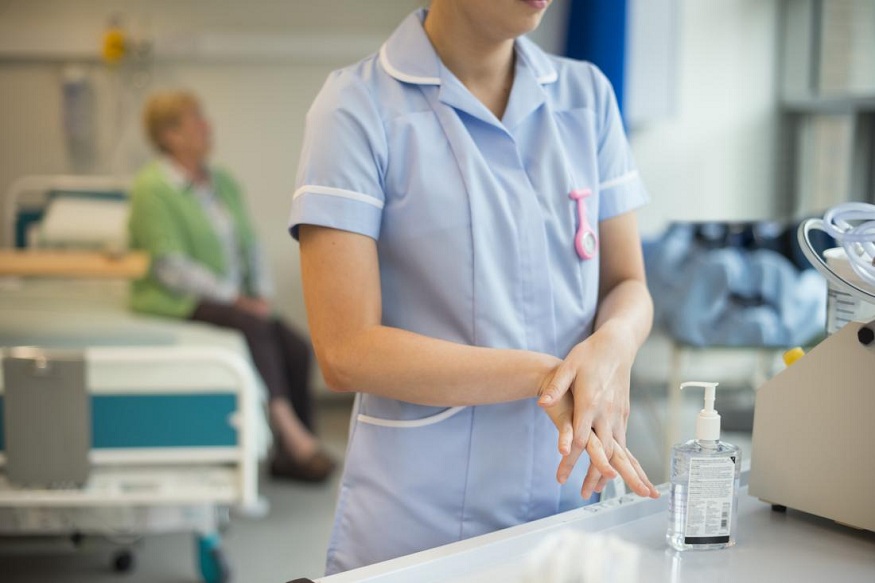Maintaining impeccable hygiene is essential to safeguarding both patients and caregivers in medical environments, but not every aspect of cleaning receives the attention it deserves. One frequently underestimated component is laundry. Even fabrics that look clean to the eye may conceal harmful bacteria if not properly treated, quietly threatening infection prevention efforts.
Hidden Hazards in Healthcare Textiles
Items like scrubs, bedding, and towels circulate constantly through clinics and hospitals, coming into regular contact with bodily fluids and other contaminants. If cleaning processes fall short—due to low washing temperatures or improper storage—these fabrics can become covert carriers, transmitting pathogens from one area or individual to another. What seems like a minor lapse can quickly escalate into a widespread sanitation concern.
This is why partnering with professional laundry services that understand and adhere to stringent healthcare protocols is non-negotiable. These specialists utilize hospital-grade detergents, precise washing cycles, and controlled handling procedures to eliminate microbial threats. Their expertise helps offset risks that arise from inconsistent processes or human oversight. Still, if the protocols are rushed or executed by underprepared workers, the system’s effectiveness is compromised.
Going Beyond Surface Cleanliness
Disinfecting every part of a medical facility—no matter how seemingly insignificant—is vital to controlling infection. High-touch zones, reusable tools, and even HVAC systems can serve as breeding grounds for germs if overlooked. Supplementing manual cleaning with advanced tools like UV-C lights or misting disinfectants can dramatically improve outcomes—provided they’re integrated properly into day-to-day protocols.
The Broad Impact of Substandard Sanitation
When cleanliness slips, the consequences reach far beyond the walls of a hospital room. Healthcare-associated infections (HAIs) can drive up operating costs, trigger litigation, and cause lasting reputational harm. Word travels fast when a facility is seen as unsafe, which can erode patient confidence and reduce long-term visitation rates. In a highly competitive field, perception is as critical as performance.
Strengthening the Sanitation Ecosystem
Reducing contamination risk calls for a strategy that is both comprehensive and actively enforced. Choosing laundry vendors with healthcare expertise is only one piece of the puzzle. Regularly training staff on evolving safety practices and incorporating tools like electrostatic disinfection into regular routines can create a more consistent and reliable defense. Technology helps bridge the gaps that human error might leave behind.
In the end, hygiene in a medical setting isn’t just about passing inspections—it’s about preserving well-being and reinforcing public trust. By addressing every link in the sanitation chain, especially those that often go unnoticed, healthcare providers can fortify their defenses, prevent avoidable harm, and uphold the highest standard of care.
Content provided by Sparklean Laundry, offering reliable commercial laundry service in Phoenix



